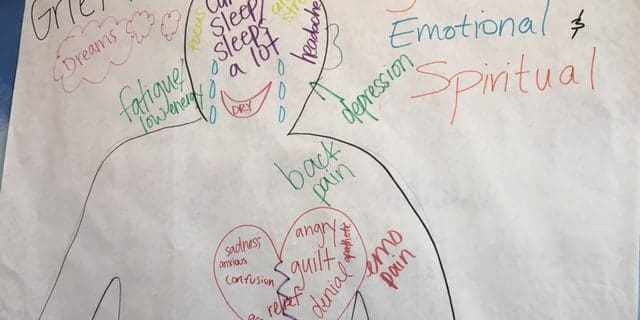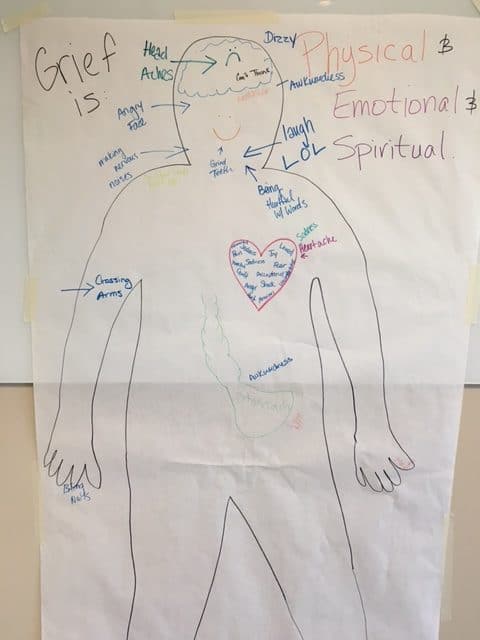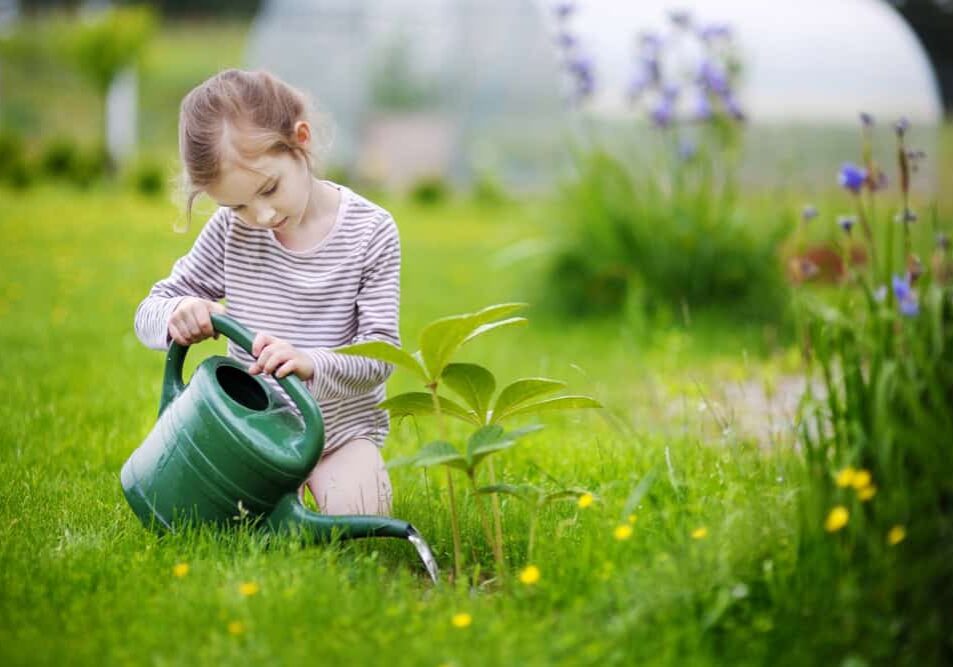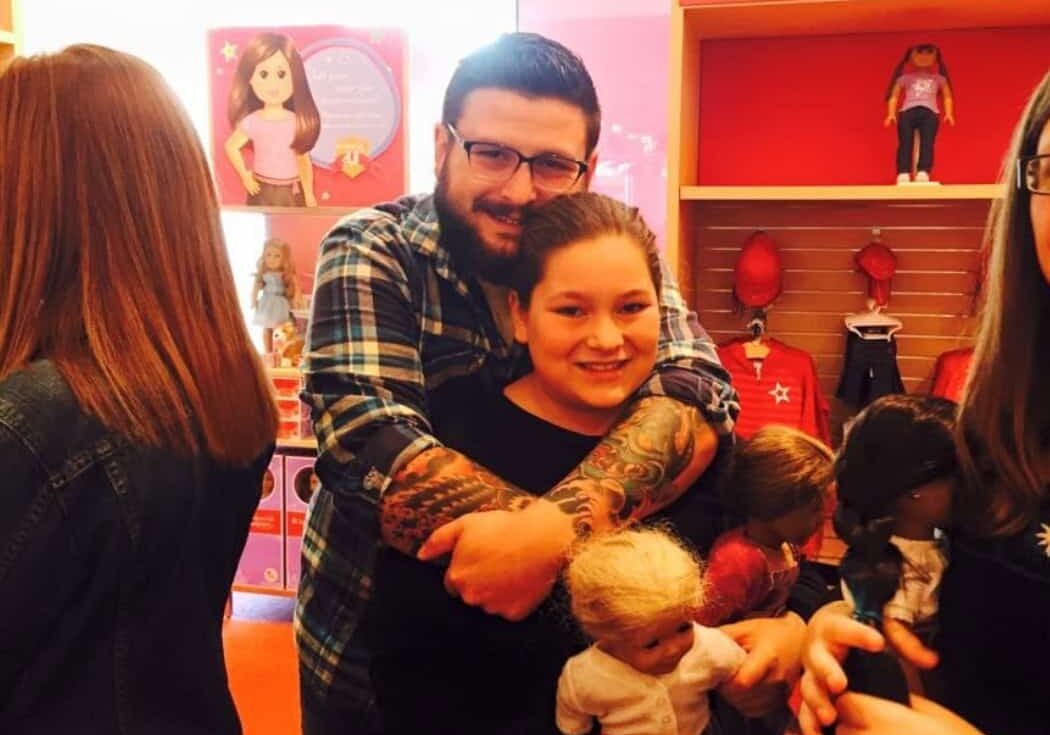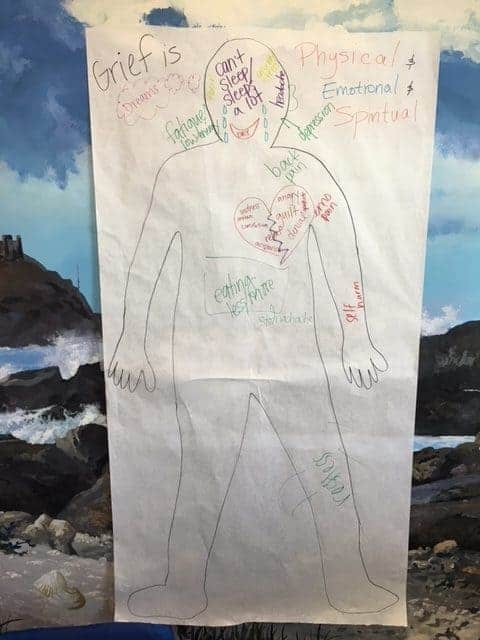
When their loved one dies, a child’s world changes into an unfamiliar place. Routine tasks become exhausting. The simplest task may seem daunting. They may have unexplained stomach aches and headaches. They may have angry outbursts or intense panic attacks. All of these reactions can lead a child to think they are simply going crazy. The reality is quite the opposite. Grief is beyond feeling sad. It is also a physical experience.
The stress of grief can suppress a person’s immune system, making them more vulnerable to physical problems. If a grieving child has a chronic existing health challenge, it may become worse. Similarly, teenagers may not feel in control of how their body is responding to their grief. They may feel overwhelmed by the unpredictable onset of physical pain and anxiety.
In all these situations, it is important to know that the body is communicating the special needs it has during moments of intense grief.
When children and teenagers can understand how grief affects them physically, emotionally, and spiritually, they are better equipped to deal with its impact. They can recognize what is happening and why, and focus their energy on self-care, rather than being critical of themselves.
Recently at The WARM Place, our teen groups used life-size body outlines to help them label where in their body they feel their grief. Identifying – and normalizing – these physical symptoms can help take away fear, confusion, and doubt. Once teens have identified the myriad of ways grief affects them, they can work on healthy and meaningful expressions of self-care.
Take a look at the pictures below to see the heartfelt ways some of our WARM Place teens say their grief affects them.
All my best,
Lisa Nichols, M.A., LPC-S
Program Director
